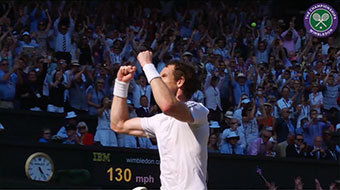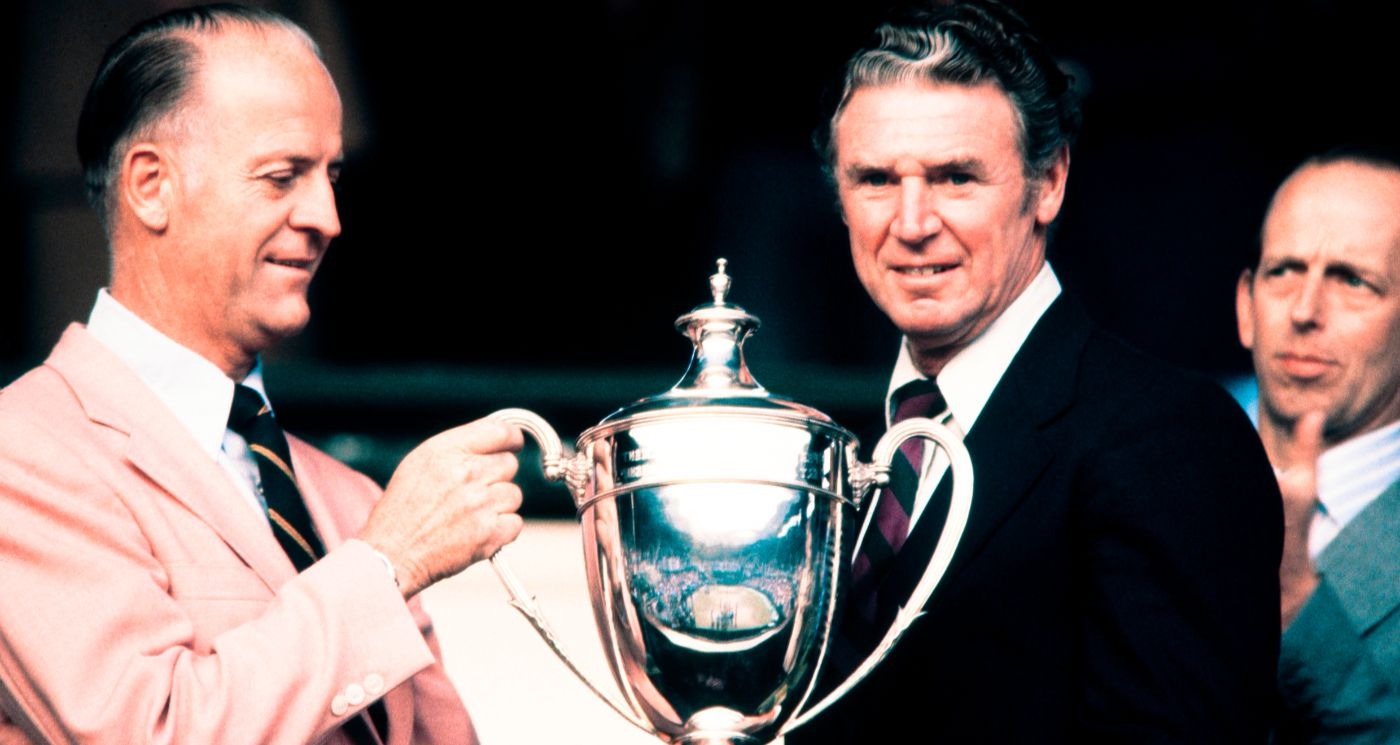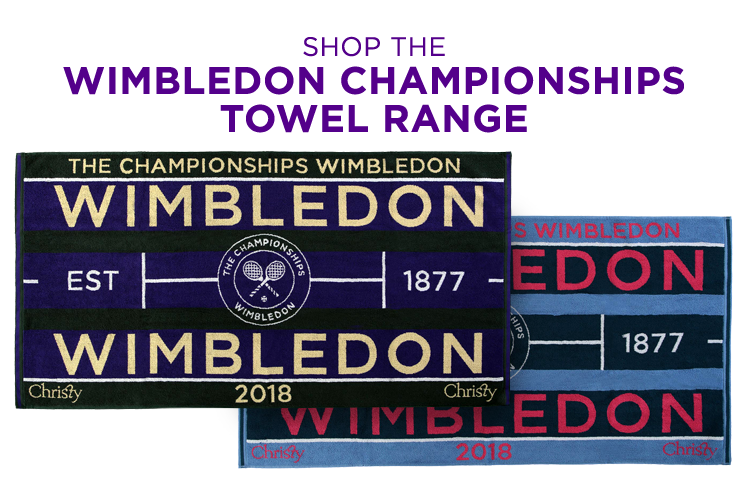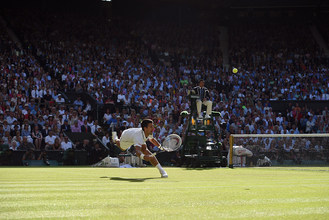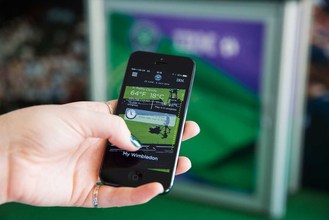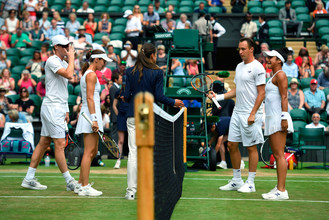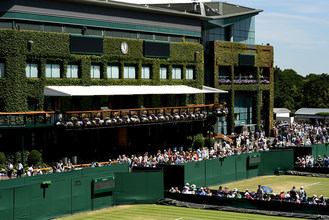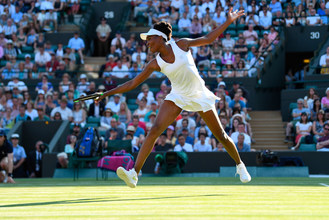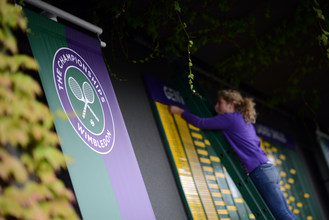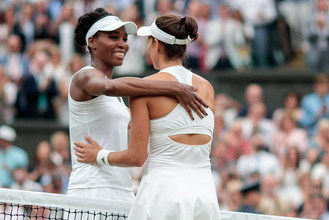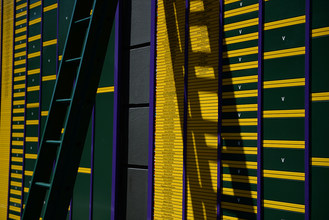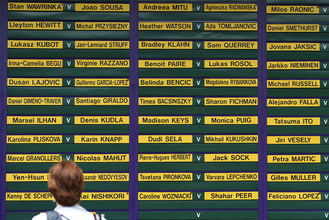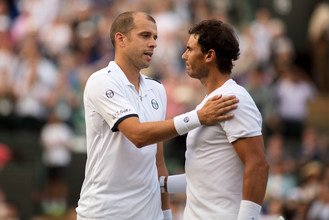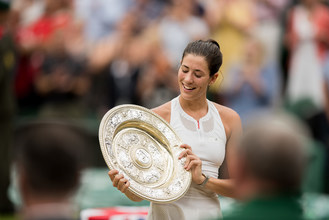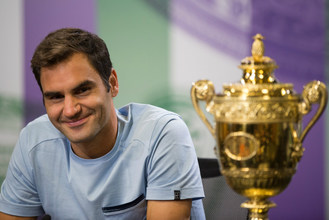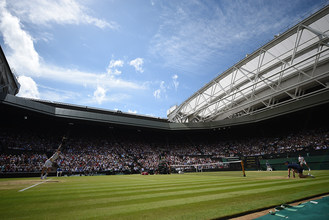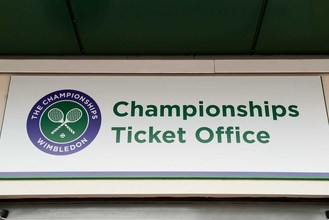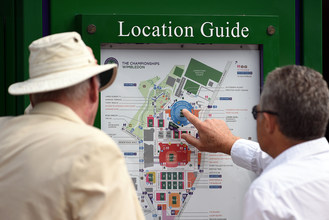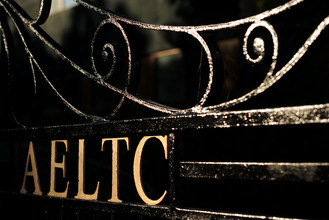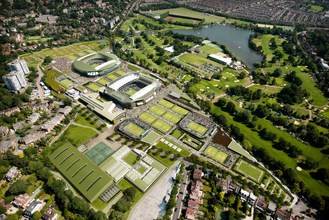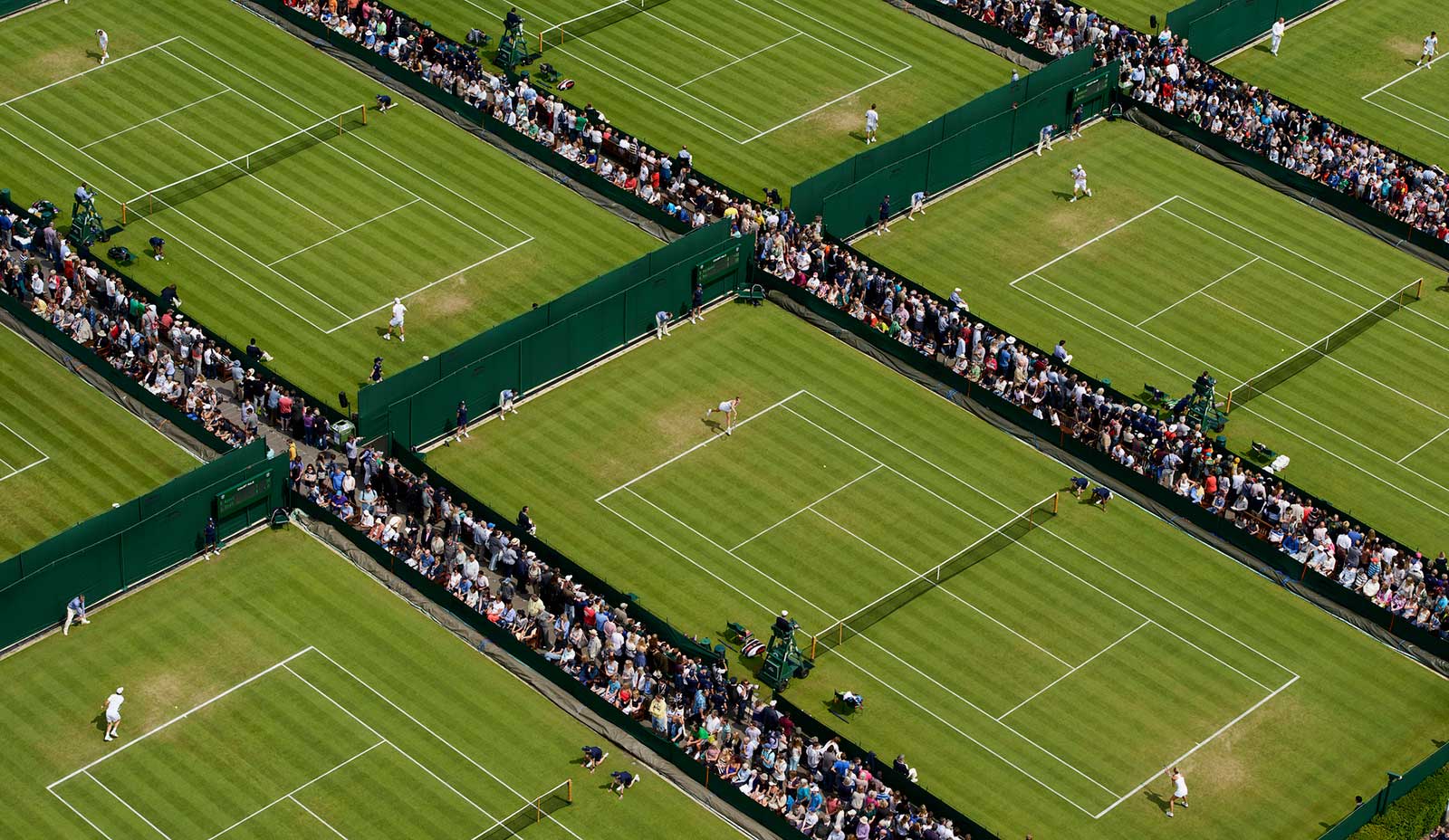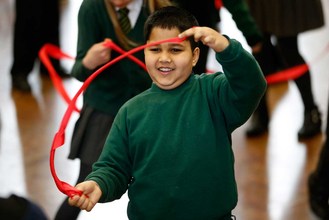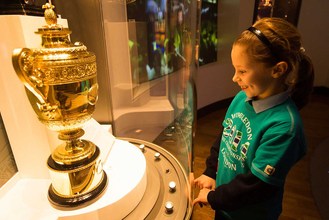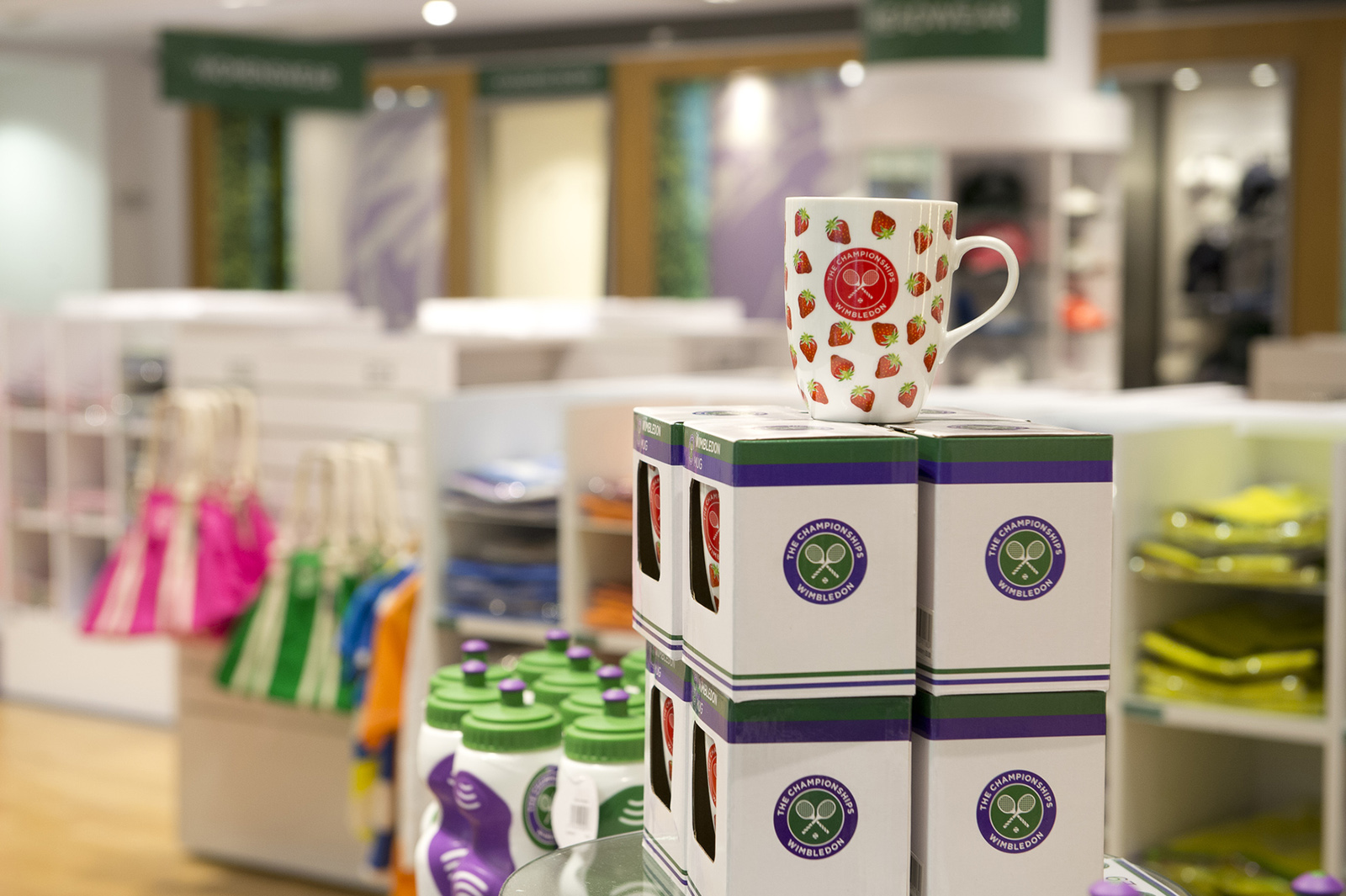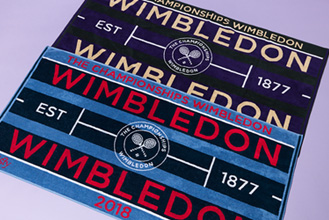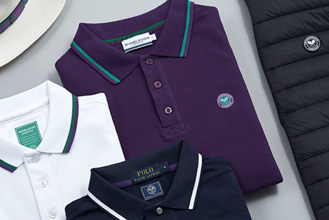Frank Sedgman was not the first Australian to win the gentlemen’s singles title at Wimbledon, but the champion of 1952 led the way in his country’s remarkable domination of world tennis in the 1950s and 1960s.
Sedgman, who celebrated his 90th birthday this week, was not only the best player of his day but also one of the sport’s most popular figures. In his home country thousands would turn up just to watch him practise, while his athletic brilliance, combined with his warmth of character and great sportsmanship, secured the affections of tennis followers the world over. He won 22 Grand Slam titles in singles, doubles and mixed doubles before turning professional at 25.
Australia had already produced some excellent male players, including Norman Brookes and Jack Crawford, but in the immediate post-war years the country was wondering where its next champion might come from. It did not have to wait long.
Harry Hopman, the most famous coach in Australian history, spotted Sedgman’s talent from an early age and encouraged him to work on building his strength. Hopman later said that the day the slightly-built Sedgman went to a Melbourne gymnasium to start his physical training programme was the beginning of Australia’s post-war dominance.
Writing in “Aces and Places”, published in 1957, Hopman said that Sedgman “found body-building, with weight-lifting as part of it, so intriguing that it almost developed into an obsession with him. Such was the well-being he derived from his planned exercises that I have known him to go back into a city gymnasium after having played a match that had ended, perhaps, too quickly.”
With physical strength added to his natural talent and his constant desire to improve, Sedgman became a formidable player. He had an excellent serve, which combined slice and kick, and developed a wonderfully effective serve-and-volley game, having had an eye for the volley ever since his childhood days, when he would practise against the door of the garage at the family home. He also had very good ground strokes, particularly on the forehand side.
In “Australia’s Wimbledon Champions” Allan Kendall summed up Sedgman’s huge public appeal. “A handsome, dashing athlete who leaped about the court like Nijinsky, plucking volleys magically from the air, he dazzled us all,” Kendall wrote. “Who could resist the mop of blond, wavy hair, the startling blue eyes, the infectious grin and the exuberant delight he brought to the game? He was the perfect sportsman.”
Sedgman made his debut at The Championships on his very first overseas trip in 1948. He lost to Bob Falkenberg, the eventual champion, but joined forces with John Bromwich to win his first Grand Slam title in the gentlemen’s doubles.
In January 1949 Sedgman won his first Grand Slam singles title at the Australian Championships, but at Wimbledon he lost in the quarter-finals to Ted Schroeder, who went on to win the title.
By 1950 Sedgman was the No.1 seed at The Championships but suffered a wrist injury in a fall just before the tournament. He came back from two sets down to win both his quarter-final and semi-final, against Art Larsen and Jaroslav Drobny respectively, but by the time he and Ken McGregor had lost a marathon doubles match to Tony Trabert and Budge Patty 4-6, 29-31, 9-7, 2-6, his exertions were starting to take a toll. Patty outplayed Sedgman in the following day’s singles final, winning 6-1, 8-10, 6-2, 6-3.
In 1951 Sedgman was again the No.1 seed but suffered perhaps his most disappointing defeat when he let slip a two-sets-to-love lead against Herbie Flam. Winning the doubles with McGregor and the mixed with Doris Hart provided only partial consolation.
However, Sedgman would go on to enjoy a wonderful last 18 months of his amateur career. At the 1951 US Nationals he became the first Australian champion, adding the men’s doubles and mixed doubles titles for good measure. McGregor and Sedgman were the first (and so far only) men’s doubles pair to complete a pure calendar-year Grand Slam. At the end of 1951 Sedgman won all three of his rubbers to lead Australia to victory over the United States in Sydney to retain the Davis Cup.
In 1952 Sedgman reached the Australian and French finals before losing to McGregor and Jaroslav Drobny respectively. At The Championships he was top seed for the third year in a row and this time did not disappoint, dropping only one set en route to the final, to Belgium’s Philippe Washer.
The final against Drobny was played in very windy conditions. The match turned from 3-3 in the third set, whereupon Sedgman won seven games in a row. Racing into the net to hit his assured volleys, he won 4-6, 6-2, 6-3, 6-2 to become the first Australian to win the title for 19 years. He retained his men’s and mixed doubles championships to become only the third man – after Don Budge and Bobby Riggs – to win all three titles in the same year.
“Sedg” retained his singles and mixed doubles titles in New York, but lost in the men’s doubles final to Vic Seixas and Mervyn Rose. That defeat ended a run of seven successive Grand Slam triumphs for Sedgman and McGregor.
It had been an extraordinary Grand Slam year for Sedgman, who in singles, doubles and mixed reached 11 of the 12 finals in 1952 and won eight of them. He rounded off his amateur career by leading his country to another Davis Cup triumph, but then turned professional, which was a great disappointment to Australian tennis.
However Sedgman, who was from a modest background, never regretted his decision. In his first year as a professional he lost 54 of the 92 matches he played against Jack Kramer, the 1947 Wimbledon champion, on a marathon tour, but earned what was then an eye-watering $102,000 (about £36,600) in gate money.
After tennis had gone open Sedgman returned to play in The Championships in 1971. At 43 he was still good enough to win two matches in the singles, including a five-set victory over Bob Maud, before Jeff Borowiak beat him in the third round.
Sedgman played his last singles match at The Championships two years later, losing in straight sets to Jiri Hrebec in the first round, though he won two rounds in the mixed alongside Virginia Wade.
In 2007 Kramer flew from Los Angeles to Melbourne to celebrate Sedgman’s 80th birthday and told “The Age” newspaper that his contemporary would have been a match for Roger Federer. “If he had the same equipment, he would be all over Roger's backhand, he’d make all those passing shots,” Kramer said. “It would be wonderful to watch.”
NoSuchKey
